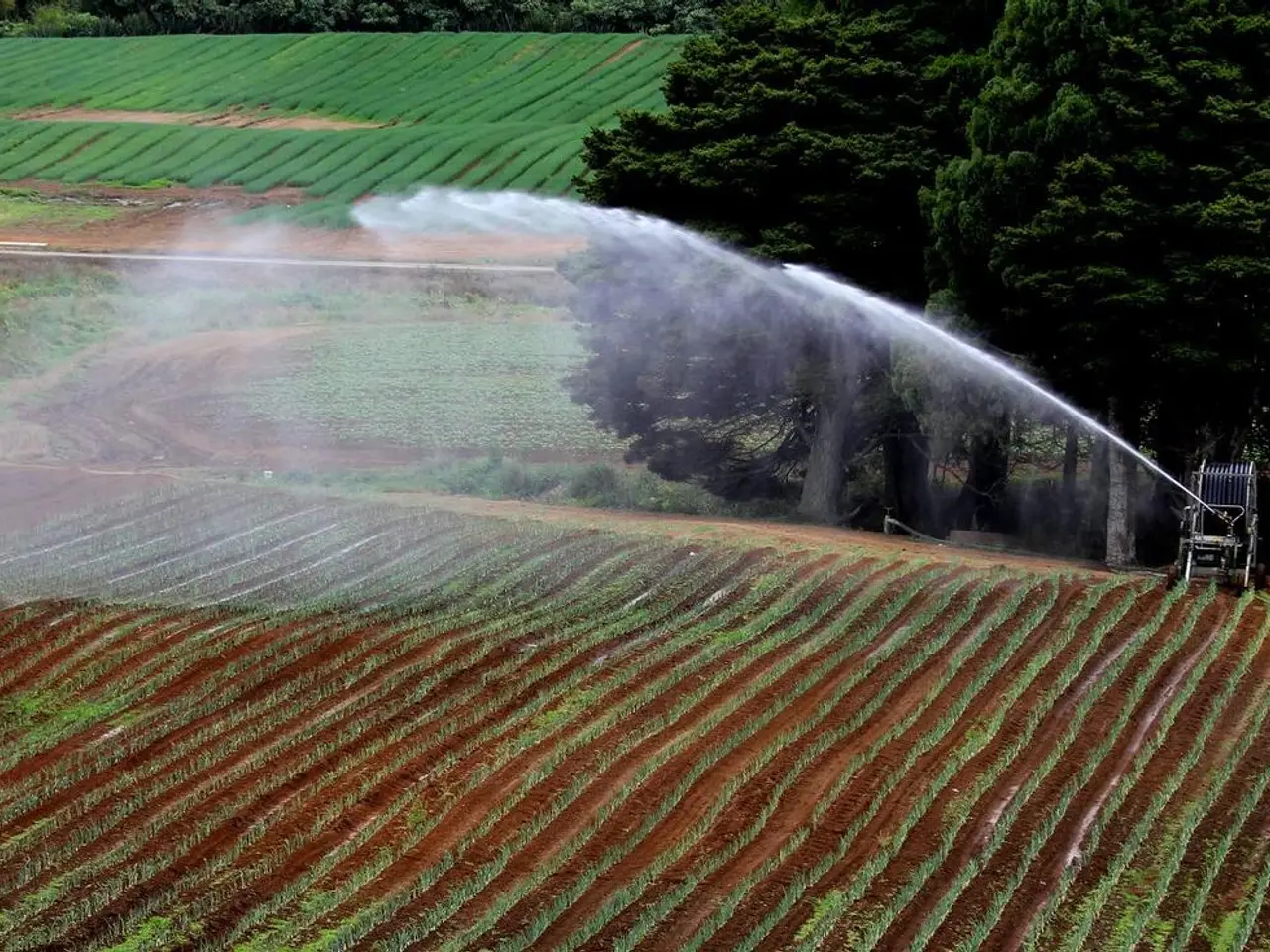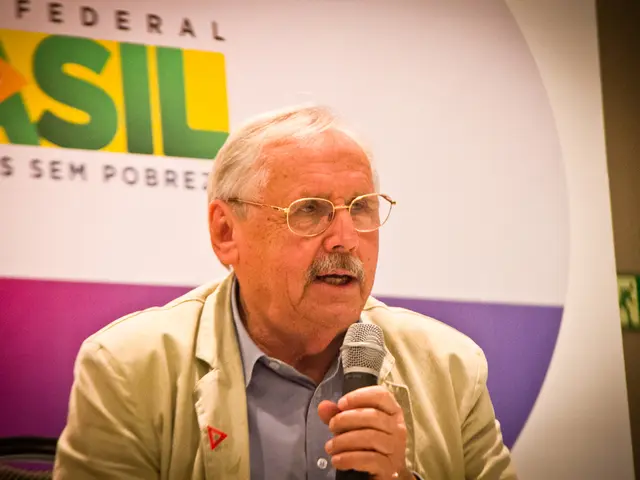Struggle to Protect Burgundy's Vineyards Againstharsh Weather Conditions
In the heart of France, Burgundy's vineyards are facing a new challenge: climate change. To combat these issues, winemakers and viticulturists in the region are turning to a unique blend of modern technology and ancient farming methods.
Laurent Pillot, proprietor of Domaine Fernand et Laurent Pillot in Chassagne-Montrachet, is one such winemaker. Pillot uses a tractor equipped with cutting-edge technology to apply treatments directly onto vine leaves. However, he also employs traditional agricultural methods such as biodynamic farming, organics, and agroforestry to improve vine health. Pillot allows grass to grow in his vineyards from July to March of the following year, absorbing large amounts of CO2 from the atmosphere and helping fight global warming.
In organic viticulture, Pillot sprays vines with sulfur, micro-doses of copper, and multi-flower teas for disease control. This approach, combined with the biodynamic techniques of spraying vines with an infusion of yarrow and fermented extract of burdock to help the vines resist heat stress, forms a holistic approach to vineyard management.
Julien Brocard, winemaker and viticulturist in Chablis, transitioned to biodynamic farming in 1997 and has planted dense groves of trees to help expand biodiversity within his vineyards. Brocard has observed a dramatic change with the return of wildlife and no competition for water between trees and vines. Brocard, along with Marko and Pascal, owners of Domaine du Cellier aux Moines, are inspiring others in the region to adopt biodynamic farming practices. Domaine du Cellier aux Moines is currently the only estate in Givry that is certified biodynamic.
The winemakers of Burgundy are also employing modern, scientific approaches to vineyard management. Domaine du Cellier aux Moines, for example, is using vineyard mapping to understand soil variations. High-tech equipment like electromagnetic soil monitors, weather stations, and electric tractors are being used in Burgundy vineyards to improve efficiency and precision in vineyard management.
However, these winemakers are not just relying on technology. They are also adapting their vineyards to the changing climate. Strategies include late pruning to delay bud break, helping shoots avoid damage from early spring frosts caused by warmer winters triggering premature growth. Winemakers are also mass selecting vines, identifying the most climate-resilient vines in their oldest vineyards to propagate new plantings better adapted to current conditions.
These methods blend traditional vineyard knowledge—like understanding terroir and pruning timing—with modern genetic selection and organic practices to maintain quality amid warming temperatures, increased frost risk, and more mildew pressure. The winemakers of Burgundy are proving that it is possible to keep making high-quality wine despite climate change, by combining cutting-edge science with time-honored, chemical-free farming practices.
- In collaboration with environmental science, winemakers in Burgundy, like Laurent Pillot, are using data and cloud computing to enhance vineyard management efficiency through vineyard mapping and advanced soil monitors.
- The integration of health-and-wellness principles into the winemaking process is evident in the use of fitness-and-exercise techniques like allowing grass to grow in vineyards to absorb CO2, thereby contributing to the fight against climate change.
- To improve vine resilience in the face of climate-change challenges, winemakers in Burgundy are employing contemporary technology, such as weather stations, alongside traditional environmental-science practices like biodynamic farming and organic viticulture, to cultivate vines that can withstand increased mildew pressure and changing temperature patterns.




